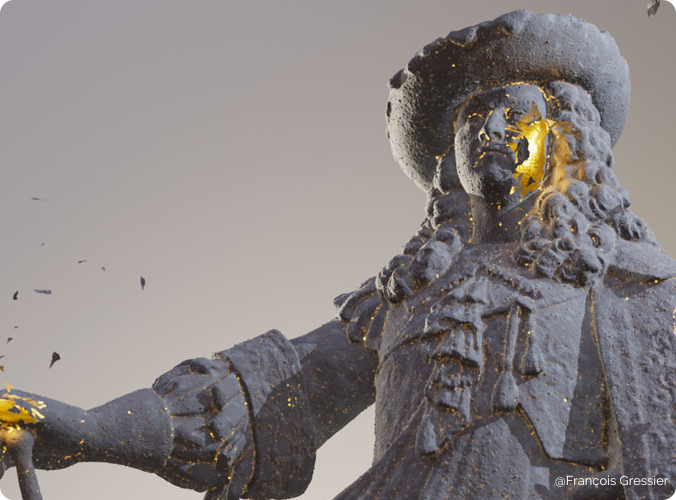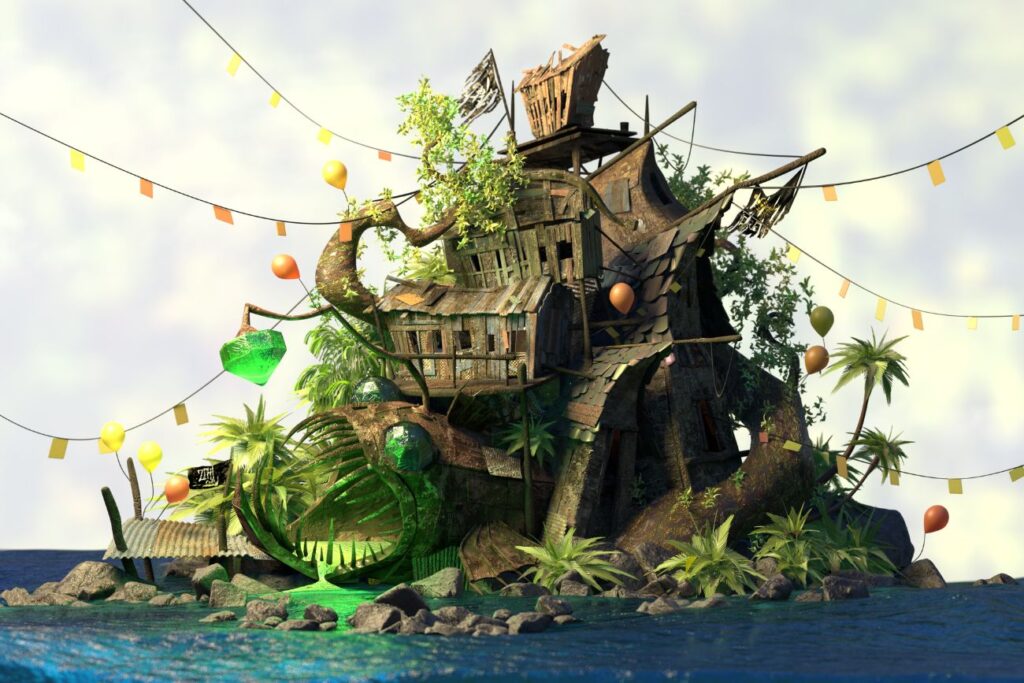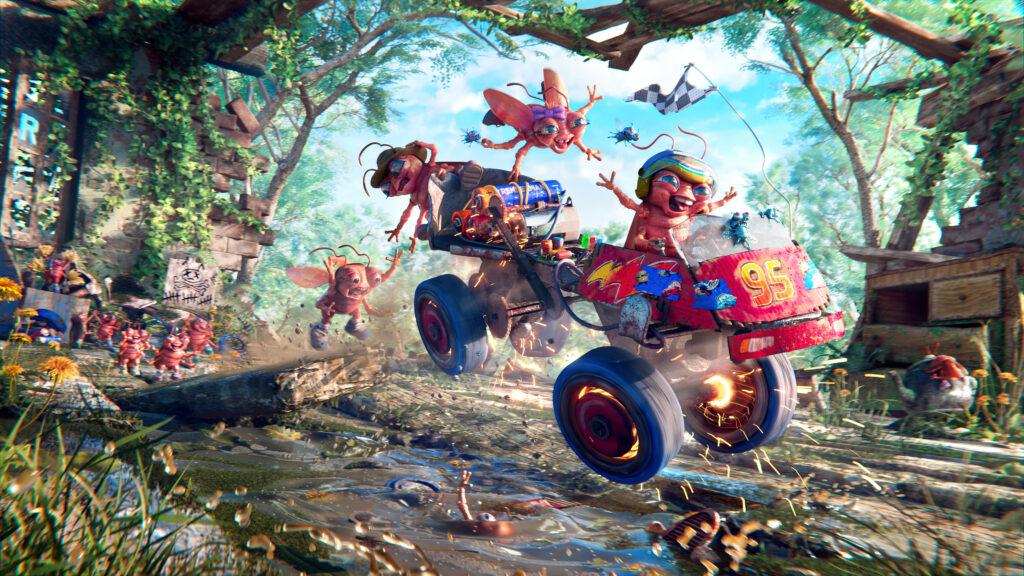Research at the service of graphic designers
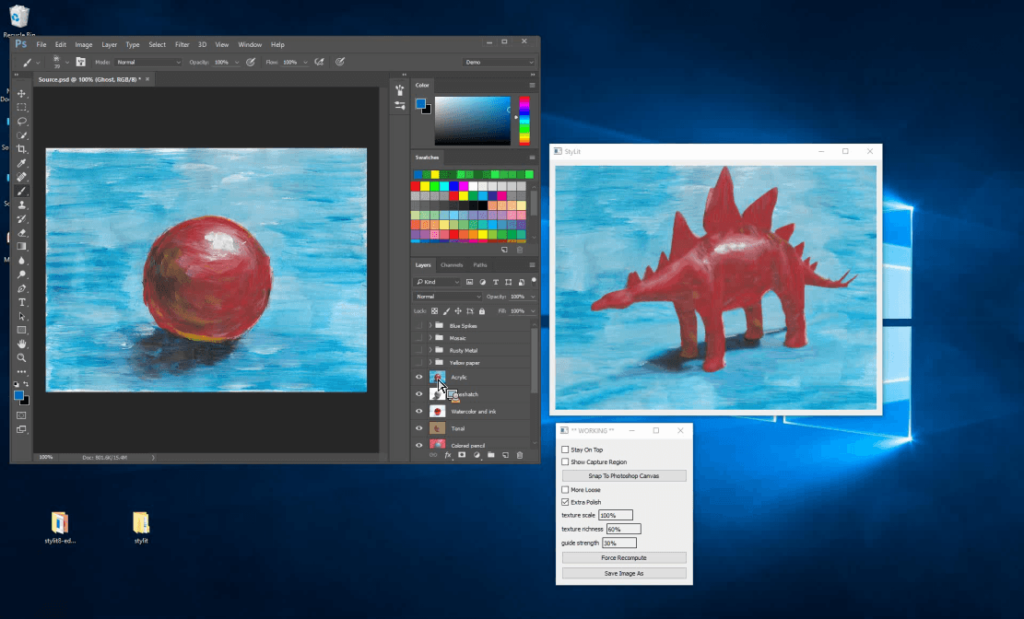
There are numerous researches conducted about images creation throughout the world. Fields are very wide, from automatic learning of walking creatures to knitted mesh simulation or cities automatic generation.
We would like to present 2 out of these numerous publications to you.
StyLit is a software that comes from a work conducted by the Prague University and Adobe Research. The technical paper –StyLit: Illumination-Guided Example-Based Stylization of 3D Renderings– has been presented at SIGGRAPH last year.
The concept: transfer a style created on a sheet of paper -in real life- to digital models.
Beauty of the software is the simplicity of installation of the technology: print the drawing of a sphere, on which you draw your shader.
On the sphere: the difuse and reflective component, the shadow of the sphere, the floor and the sky. (images hereunder).
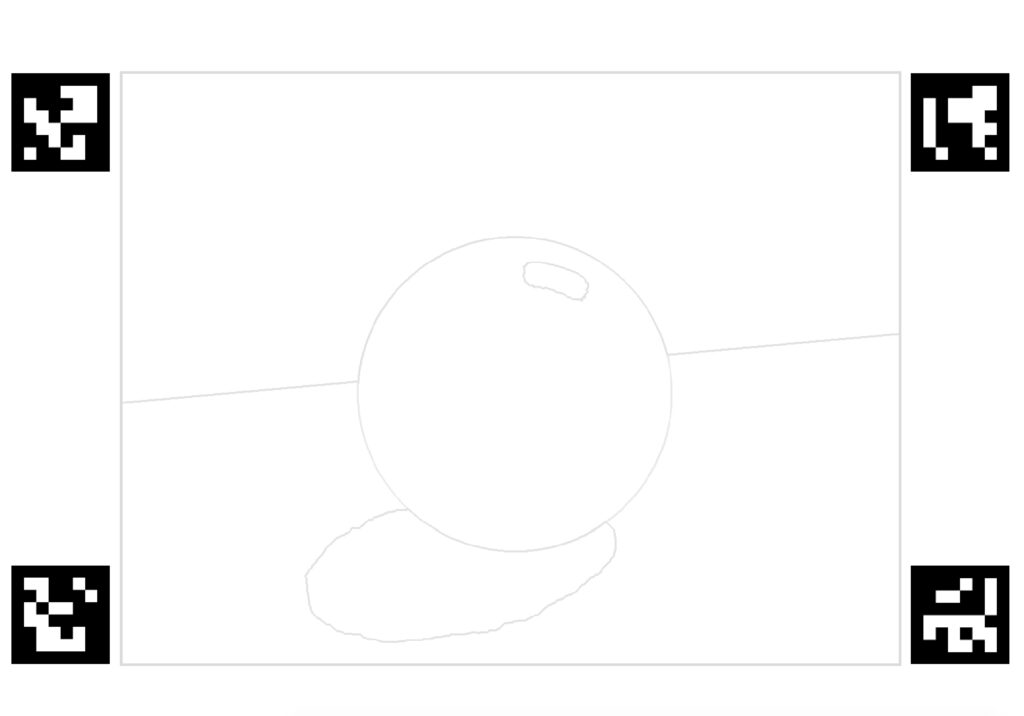
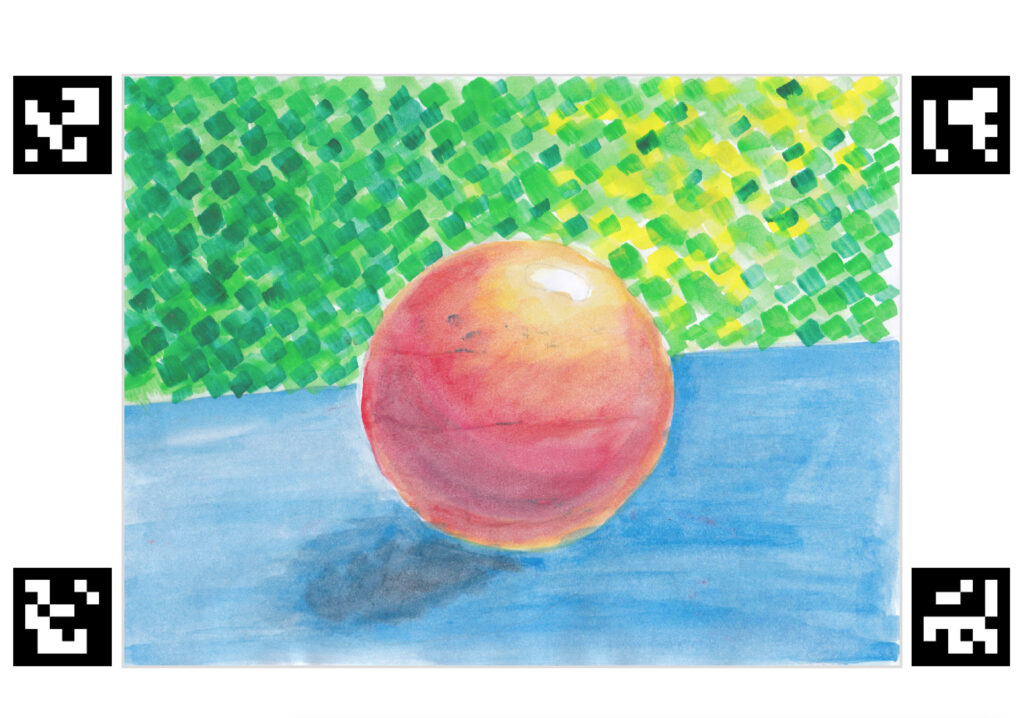
A webcam shoots the progress of the coloring process and applies it in real time to your rendering (images hereunder).

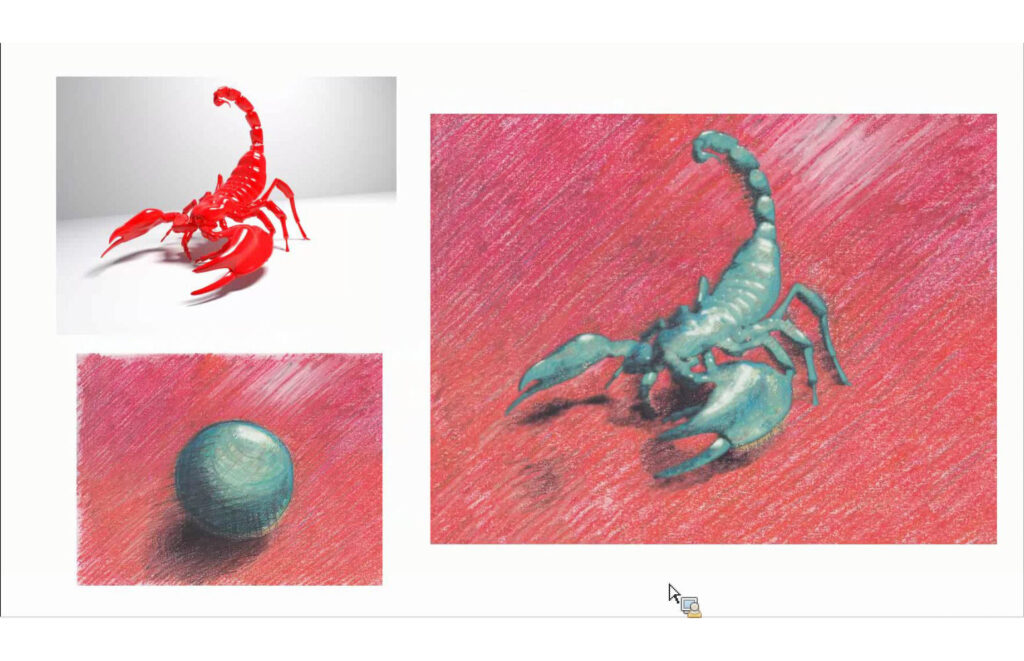
Going from one drawing of a sphere to another, you apply the various styles to your renderings.
StyLit builds bridges between graphic designers, traditional painters and 3D artists.
Let’s bet that this technology, that has been showcased at Adobe MAX show, will integrate the Adobe suite some day.
In the same vein, another slightly older research theme (a neural algorithm of artistic style) enables to extract the style of a painting to apply it to a picture.
We already knew Photoshop filters that could apply painting effects. But this research goes much further: understanding how the reference painting has been drawn.
You would like to transform your picture in a Van Gogh painting? Upload the photo and a picture characteristic of the style of your favorite painter. The software analyses and extracts the way this reference picture has been created and applies it to your photo.
“Wow effect” guaranted!
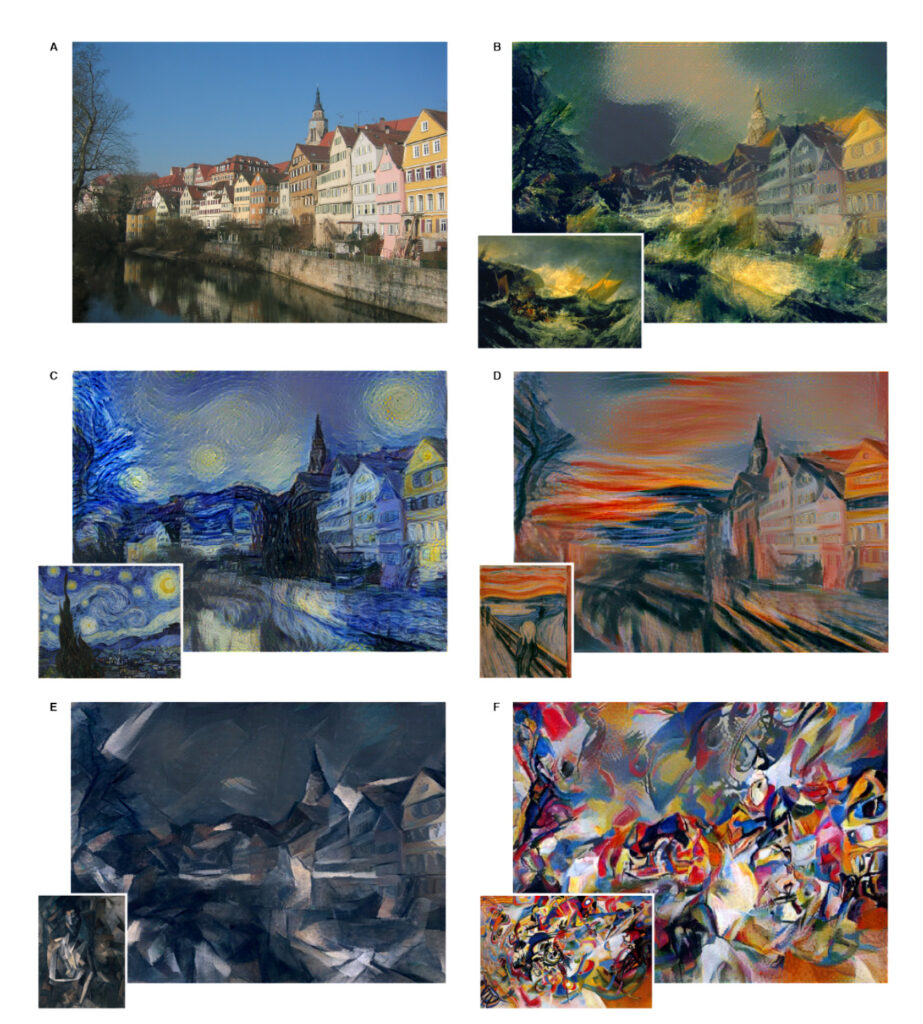
- Apps for your smartphone and website to test this technology.
- Technical paper.

